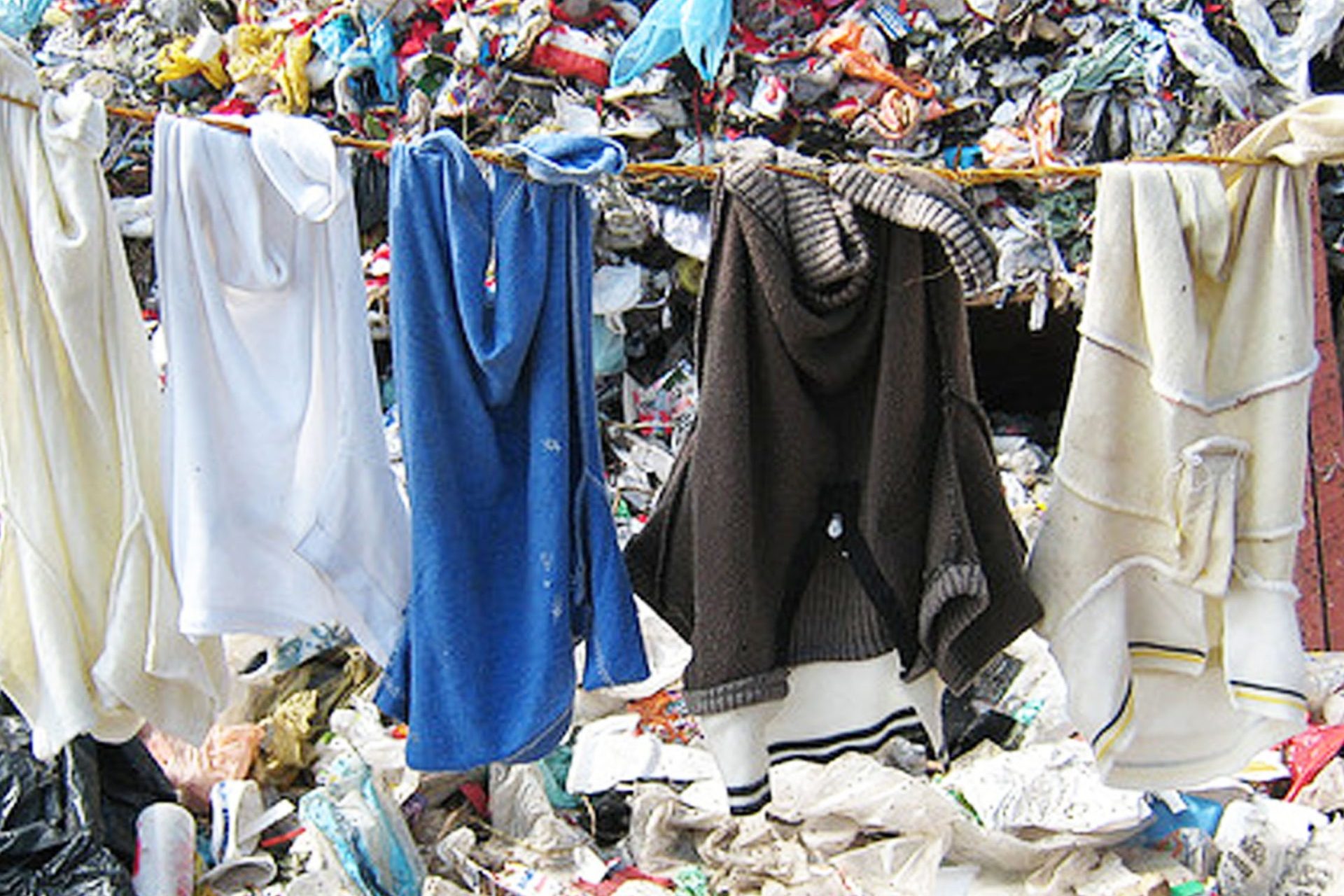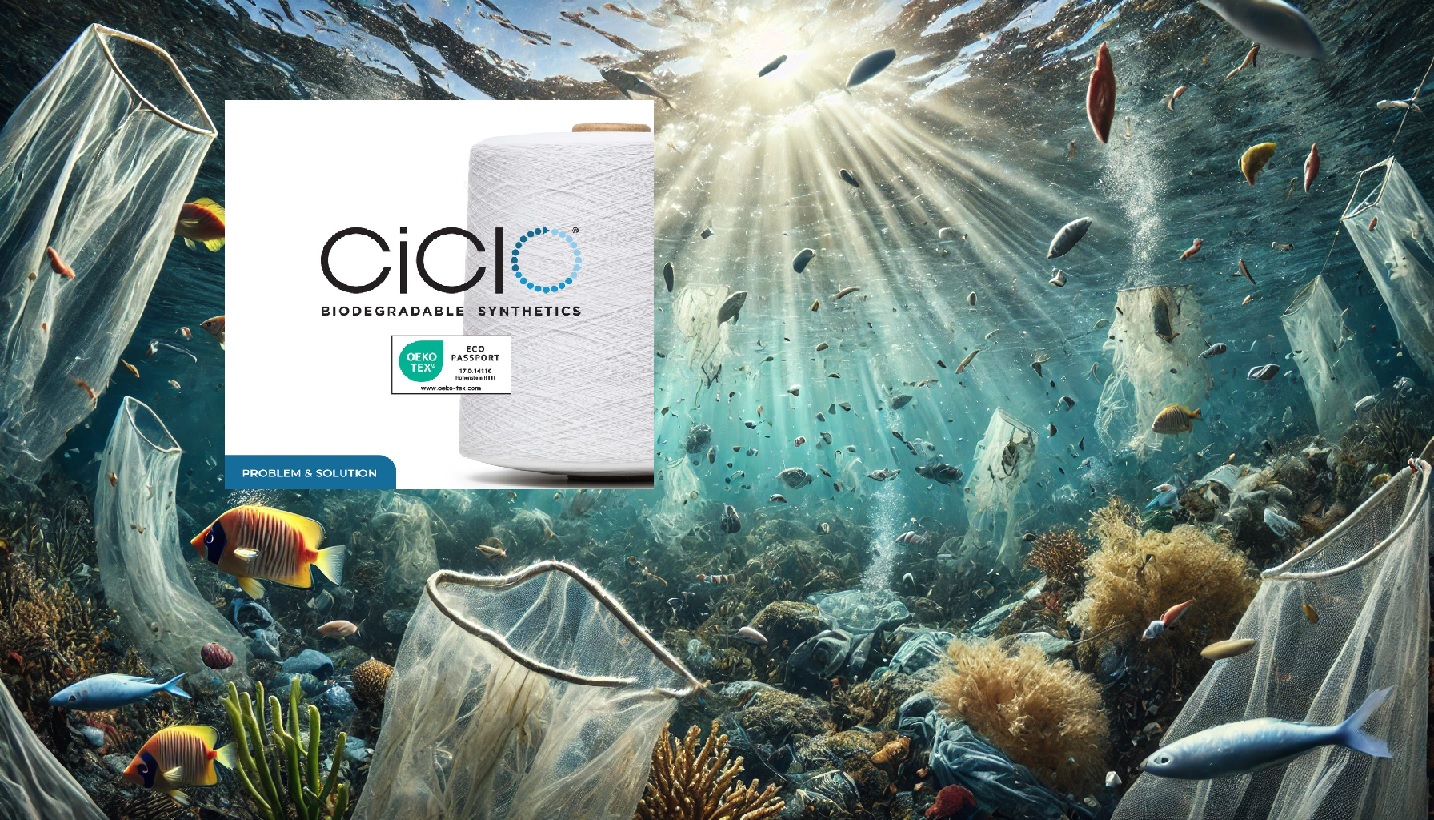Textile waste is a growing environmental and economic problem that needs urgent attention. The good news is that there are many textile waste reuse and recycling options in order to reduce the environmental impact and save valuable resources.
Textile recycling is the process of recovering old textiles and reprocessing them into new products or raw materials.
Textile reuse is the practice of extending the life of textiles by repairing, donating or reselling them.
Both reuse and recycling have environmental and economic benefits, such as saving energy, water, land and emissions, creating jobs, supporting charities and reducing waste disposal costs.
In this article, we will explore some of the methods and technologies for textile waste reuse and recycling, including: fiber regeneration, anaerobic digestion, fermentation, composting, thermal recovery and conversion of textile waste into insulation/building materials.

Source: https://sustain.ubc.ca/
Fiber Regeneration
Fiber regeneration is a process that transforms textile waste into new fibers that can be used for making new textiles or other products. Fiber regeneration can be done either mechanically or chemically.
Mechanical fiber regeneration involves shredding textile fabric or garment waste into small pieces and then spinning them into new yarns or fibers. Mechanical fiber regeneration has some drawbacks, such as lower quality, shorter fiber length and lower mechanical strength compared to virgin fibers.
Chemical fiber regeneration involves dissolving textile waste in a solvent or melting and then extruding it through a spinneret to form new fibers. This method can be used for both natural and synthetic fibers, but requires more complex technology and chemicals. Chemical fiber regeneration can produce high-quality fibers that are similar to virgin fibers in terms of strength, durability and appearance. Some examples of chemical fiber regeneration are:
- Lyocell: A regenerated cellulose fiber made from wood pulp or cotton linters using an organic solvent called N-methylmorpholine N-oxide (NMMO). It can also be regenerated from cotton waste. Lyocell is a biodegradable, soft, strong and absorbent fiber.
- Viscose: A regenerated cellulose fiber made from wood pulp or cotton linters or cotton waste using carbon disulfide (CS2). Viscose is also biodegradable, but less environmentally friendly than lyocell due to the toxic CS2 used in its production. The major difference between viscose and lyocell process is the solvent used in the production process. Viscose uses a solvent called carbon disulfide, which is a hazardous chemical. Lyocell uses a solvent called N-methylmorpholine N-oxide (NMMO), which is a less hazardous chemical. Of course, physical and mechanical properties of both fibers are also different.
- Recycled polyester: A regenerated polyester fiber made from PET bottles or polyester textile waste using a chemical process called glycolysis or hydrolysis. Recycled polyester may have quite similar properties to virgin polyester but uses less energy and water and reduces greenhouse gas emissions.

Source: https://sustain.ubc.ca/

General Route for Mechanical Recycling of Polyester: Source: https://sustain.ubc.ca/

Chemical Recycling of Polyester: Source: https://sustain.ubc.ca/
Anaerobic Digestion
Anaerobic digestion is a process that converts organic matter such as textile waste into biogas (a mixture of methane and carbon dioxide) and digestate (a nutrient-rich residue) in the absence of oxygen. Anaerobic digestion can be used for both natural and synthetic textiles, but the biogas yield depends on the type and composition of the textile waste. Mostly, natural fiber waste such as from cotton, has been investigated for anaerobic digestion. Anaerobic digestion has several advantages, such as:
- Producing renewable energy that can be used for heating, electricity generation or transportation.
- Reducing greenhouse gas emissions by capturing methane that would otherwise be released into the atmosphere.
- Producing digestate that can be used as a fertilizer or soil conditioner.
Fermentation
Fermentation is a process that converts organic matter such as textile waste into ethanol (a type of alcohol) and carbon dioxide using microorganisms such as yeast or bacteria. Fermentation can be used for natural textiles such as cotton or wool, but not for synthetic textiles such as polyester or nylon. Fermentation has some benefits, such as:
- Producing ethanol that can be used as a biofuel or a chemical feedstock.
- Reducing greenhouse gas emissions by replacing fossil fuels with ethanol.
Composting
Composting is a process that converts organic matter such as textile waste into compost (a humus-like material) using microorganisms such as bacteria or fungi in the presence of oxygen. Composting can be used for natural textiles such as cotton or wool, but not for synthetic textiles such as polyester or nylon. Composting has some advantages, such as:
- Producing compost that can be used as a fertilizer or soil conditioner.
- Enhancing soil quality, water retention and crop yield.
- Reducing greenhouse gas emissions by avoiding methane production in landfills.
Thermal Recovery
Thermal recovery is a process that converts textile waste into heat, electricity or syngas (a mixture of hydrogen and carbon monoxide) using high temperatures. Thermal recovery can be used for both natural and synthetic textiles, but the energy output depends on the type and composition of the textile waste. Thermal recovery has some benefits, such as:
- Producing heat or electricity that can be used for industrial or domestic purposes.
- Producing syngas that can be used as a fuel or a chemical feedstock.
- Reducing greenhouse gas emissions by replacing fossil fuels with renewable energy sources.
Some examples of thermal recovery are:
- Incineration: A process that burns textile waste in a controlled environment to produce heat and electricity. Incineration requires proper air pollution control systems to avoid harmful emissions.
- Pyrolysis: A process that heats textile waste in the absence of oxygen to produce syngas, bio-oil and char. Pyrolysis can produce valuable products from different types of textile waste.
- Gasification: A process that heats textile waste in a limited amount of oxygen to produce syngas. Gasification can produce a cleaner and more efficient fuel than pyrolysis.
Conversion into Insulation/Building Materials
Another way to reuse and recycle textile waste is to convert it into insulation or building materials that can be used for construction or renovation purposes. This can reduce the demand for virgin materials and save energy and emissions. Some examples of conversion of textile waste into insulation/building materials are:
- Cotton insulation: A type of insulation made from recycled cotton fibers (such as denim jeans) that are treated with borate (a natural fire retardant) and bonded with polyester fibers. Cotton insulation is biodegradable, non-toxic, moisture-resistant and sound-absorbing.
- Wool insulation: A type of insulation made from recycled wool fibers (such as sweaters) that are treated with borate and bonded with polyester fibers. Wool insulation is biodegradable, non-toxic, moisture-resistant, fire-resistant and sound-absorbing.
- Polyester insulation: A type of insulation made from recycled polyester fibers (such as PET bottles or polyester textiles) that are melted and extruded into thin fibers. Polyester insulation is non-biodegradable, but durable, lightweight, may be made fire-resistant and moisture-resistant.
- Textile-reinforced concrete: A type of concrete that uses recycled textile fibers (such as cotton, wool, polyester or nylon) as reinforcement instead of steel bars. Textile-reinforced concrete is lighter, stronger, more flexible and more crack-resistant than conventional concrete.
- Textile composite panels: A type of panel that uses recycled textile fibers (such as cotton, wool, polyester or nylon) as reinforcement in a matrix of resin or cement. Textile composite panels are lighter, stronger, more durable and more versatile than conventional panels.
Conclusion
Textile waste is a major environmental and economic challenge that requires innovative solutions to reuse and recycle it. There are many methods and technologies available to transform textile waste into new products or raw materials that can benefit both the environment and the society. By reusing and recycling textiles, we can save natural resources, energy, water, land and emissions, create jobs, support charities and reduce waste disposal costs.
Refences:
How to Recycle Textiles: Give New Life to Old Clothes (treehugger.com)
Textiles | Free Full-Text | A Review on Textile Recycling Practices and Challenges (mdpi.com)
https://www.textiletoday.com.bd/recycling-textile-wastes/



